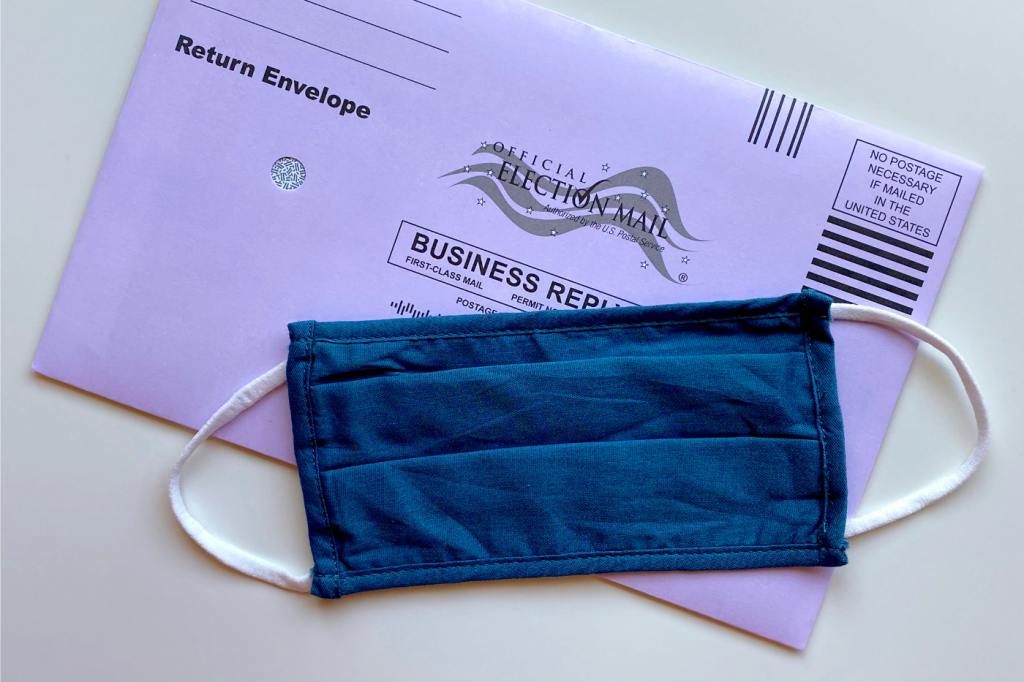Overview:
This report offers a comprehensive review of different states’ voter registration practices, with a particular focus on Automatic Voter Registration (AVR). To assess the implementation and impact of AVR, we collected voter registration data from Georgia, Illinois, Rhode Island, and Vermont to identify voter registration trends pre- and post-AVR implementation. We find significant variation in data reporting and limitations in evaluating AVR program uptake across the states analyzed.
Nevertheless, data on AVR uptake seems promising in some states. In Illinois, data suggest a marginal increase in total registered voters after the uptake of AVR compared to total registrations prior. Vermont and Rhode Island experienced an increase in registered voters since the uptake of AVR in 2017 and 2018, respectively. With 17 states and the District of Columbia now offering some form of AVR, we ultimately conclude that more research is needed to streamline AVR operations to create consistency in implementation and data reporting.
Policy Recommendations:
• Require that AVR participating states submit a report on the progress of AVR implementation and statistics of AVR applicants.
• Require AVR states to appoint a Designated AVR Director and Support Staff who oversee the implementation and communicate with the Secretary of State, DMV, and other involved state agencies.
• Establish an interagency infrastructure that provides the necessary training for the state elections office, DMV, and the Office of the Secretary of State to become familiar with AVR practices and management.
• Require AVR to cover recent past transactions at eligible agencies, extending the policy to cover as many qualifying people as possible.
• Include transactions at other agencies in AVR to further reduce the barriers associated with DMV long wait times and appointment accessibility and to include more agencies that service marginalized groups. For example, AVR should be available through programs for housing assistance, food assistance programs, medical assistance, etc. run by states.
• To process registration as quickly and correctly as possible, streamline the AVR process through a more centralized framework where states administer the policy and state elections offices are directly accountable for monitoring its progress.
• At a minimum, states should include an option in the AVR transaction to opt-in to receiving absentee voter status.













